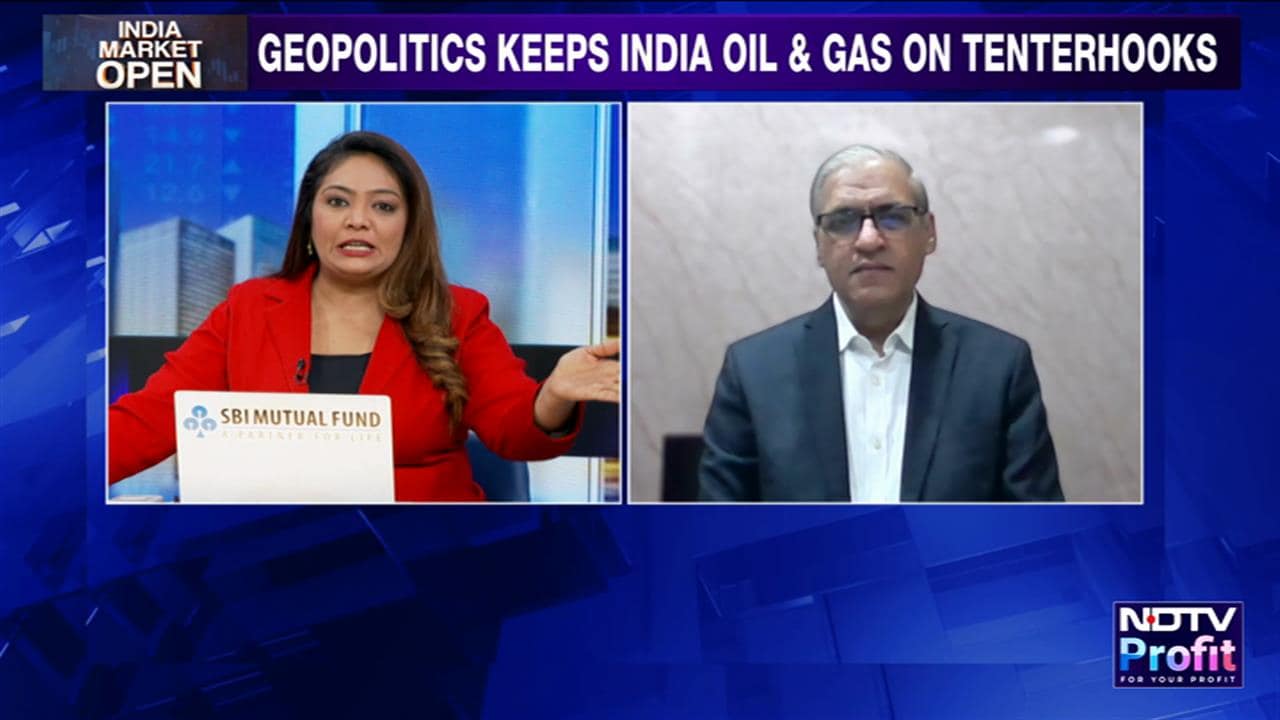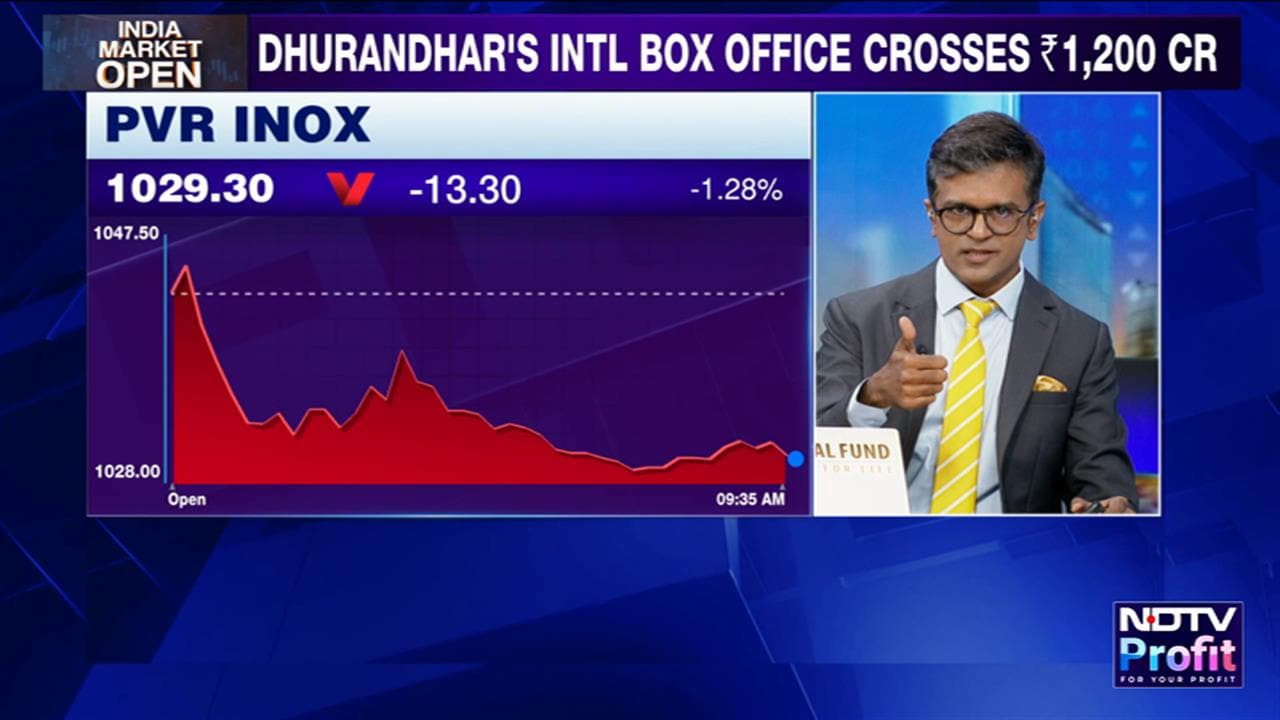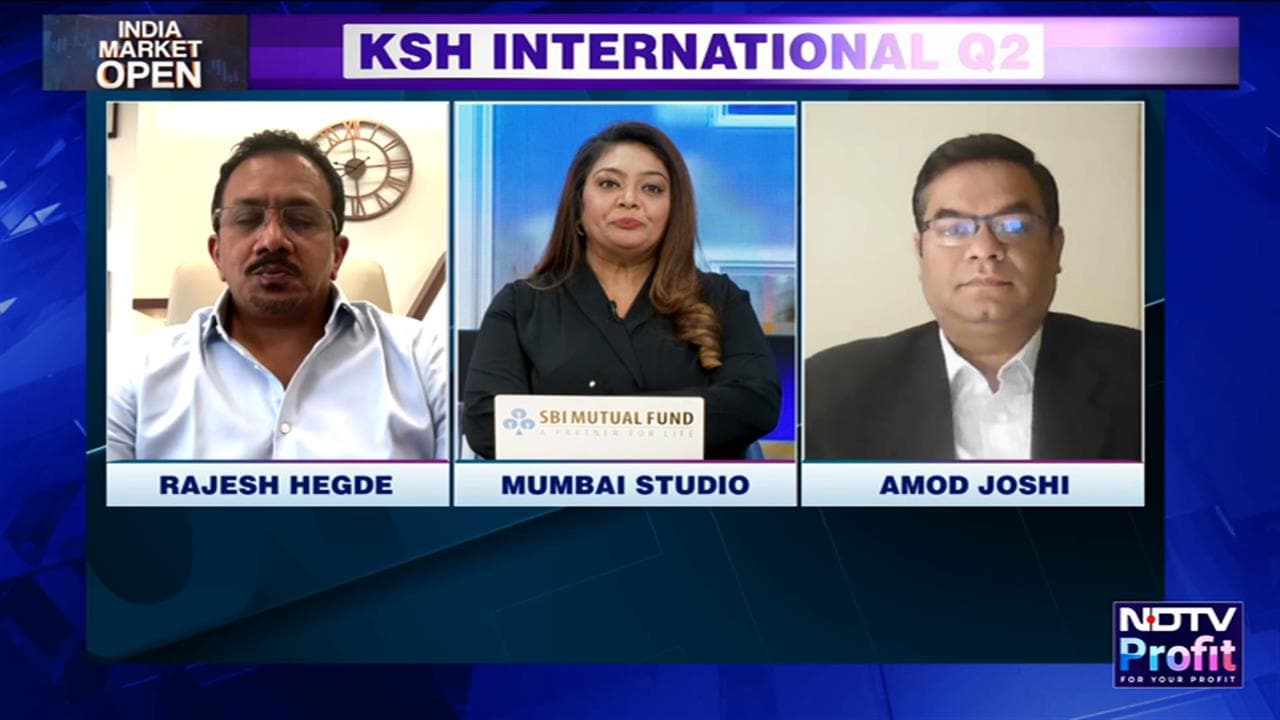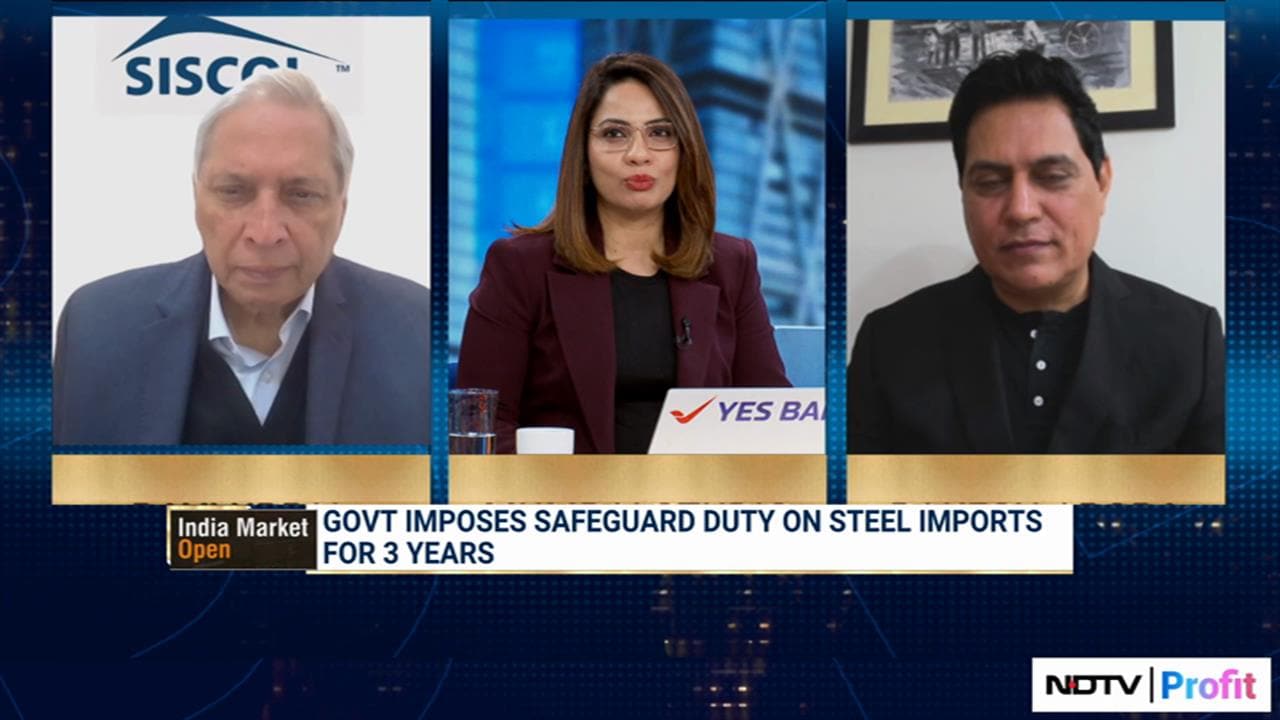
There has been an explosion in various forms of lending in the economy and one of the areas that has emerged is that of peer to peer lending. This has also led to a lot of actions, which the regulator Reserve Bank of India frowned upon, leading to new rules coming into place for this form of lending. This is expected to change the nature of the process and it is essential that those who are participating in this process know exactly what they are facing. Here are some points to focus on.
Nature Of Lending
Peer to peer lending is the process whereby a person lends money to another person. This is different from an individual lending to an entity, where one can look at the financial position of the borrower and then make a decision about the credit worthiness of the entity. This evaluation becomes very difficult when it comes to peer to peer lending. This is why the risk is higher when it comes to this particular lending. This is the factor that every person has to remember when they are participating in the process. If the borrower does not have a position to return the amount, then there is a risk of this not coming back.
Platform Evaluation
The platform that the individual is using for the purpose of peer lending has to be understood as just an entity that is facilitating the meeting of the borrower and lender. There have been cases of platforms offering a minimum assured return, which is not allowed under the guidelines and this is not possible also because the risk element is different, when it comes to such lending. There have also been options of earning returns which are linked to the tenure of the money lent and this too is not allowed. This has to be considered as red flag if such offers are made and one should not get enticed to invest by these features.
Fees
There are fees that are charged by platforms that are in the peer to peer lending business. The new guidelines make it clear that these fees have to be transparent and they have to be clearly intimated to those who are using the platform. Another point that has to be followed is that this should also not be linked to the repayment of the amount, as such practices can lead to a higher outflow for the participants.
Higher Amounts
The amount of money that people are investing in the peer to peer lending process is also now subject to fulfilment of additional conditions. If the amount being lent is higher, which is above Rs 10 lakh, then the lender needs to fulfil additional criteria. This includes getting a certificate from a chartered accountant that the net worth of the individual is more than Rs 50 lakh. This is meant to ensure that only those with a higher net worth are lending higher amounts, as well as restricting the risk in the portfolio by ensuring that a limited part of the net worth is invested here.
Insurance Products
The platforms that work in this space are allowed to offer only those insurance products that are linked to the loan. However, the new guidelines have made the rules here, too, more strict as those insurance products that go on to enhance the guarantee of the amount lent will not be allowed. This is to ensure that the insurance is not used to get people to invest in this route.
Arnav Pandya is founder Moneyeduschool.
Watch LIVE TV, Get Stock Market Updates, Top Business, IPO and Latest News on NDTV Profit.























